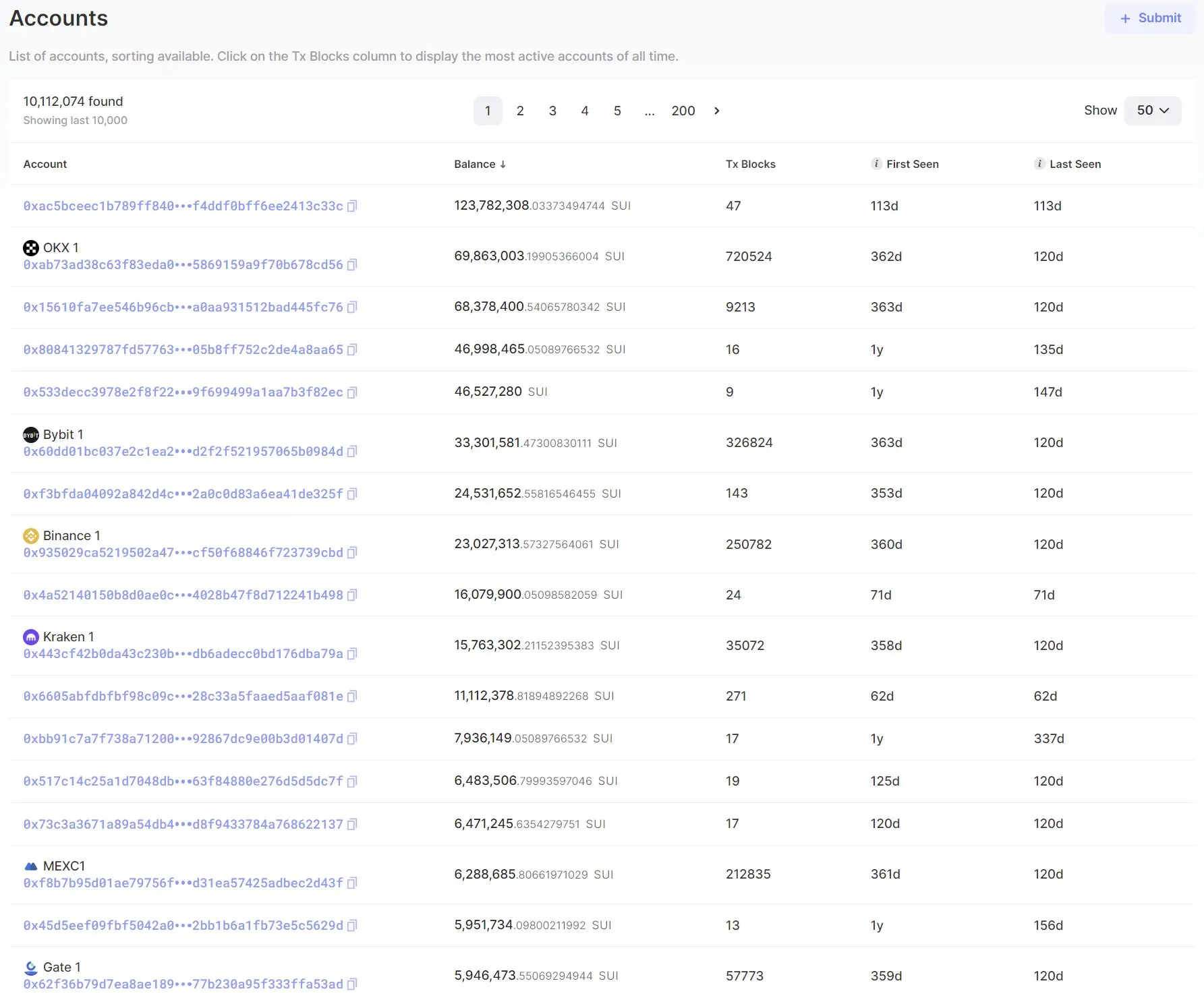Bombing the SUI Token Economics: Cyber Capital Founder's "Greed" Accusation
Author: Justin Bons, Founder of Cyber Capital
Compiled by: Frank, Foresight News
The design of Sui is great, except for its tokenomics: SUI claims to have a total supply cap of 10 billion, with 52% being "unallocated" before 2030.
But the problem is, over 8 billion SUI are currently staked, and over 84% of the staked supply is held by the founding team. So to some extent, SUI is undoubtedly centralized, as the founders control most of the supply, with no lock-up period or legal guarantees.
In other words, legal loopholes protect them, which is why the liquidity supply chart released by the Sui Foundation is a lie—this means that the so-called staked SUI has no lock-up period at all!

All legal documents confirm this, as it allows the Sui team to do anything they want with this portion of SUI at any time.
Given these facts, most of their communications are highly deceptive, presenting a clear lack of disclosure combined with lies and unabashed greed.




We previously requested SUI to disclose their addresses, but they refused. However, they did reveal that these SUI are held by custodians, specifically BitGo, Anchorage, and Coinbase Prime.
However, this implies that someone indeed has legal ownership of the entire "unallocated" SUI supply. These custodians must work with legal entities, just like the collaboration between Cyber Capital and BitGo.
In short, they do not enforce a vesting period but enable centralized entities to safely hold their cryptocurrencies, and because these entities use various staking services, it obscures the centralization issue.

That is to say, we do not even know whether the foundation or the for-profit entity Mysten Labs controls this portion of staked SUI; it could even be some random individuals behind it—without further disclosure from the core team, we really cannot know the details.
For a project that has raised over $330 million, this is completely unacceptable.
Moreover, of the total supply of 10 billion, 160 million are allocated to the for-profit entity Mysten Labs, 600 million to "early contributors," and nearly 1.5 billion directly to venture capital firms…
Adding to this are over 1 billion in "staking subsidies"—these subsidies will ultimately return to the founding team, as they actually control most of the staking share.

Meanwhile, SUI has not conducted a public sale at all (meaning 100% pre-mined), which is a trend in crypto economics over the past few years, and SUI is one of the worst examples, especially considering the "unallocated" portion of the supply.
This is why I am writing this article; we must raise the standards for the benefit of the entire industry. After all, describing Sui's token distribution as "excessive" is an understatement.
So far, Sui still refuses to disclose information about most of its token supply, which poses a very high risk for us, as Sui's leadership effectively controls the network consensus.
They can not only manipulate consensus but also, if they decide to sell, could cause the entire market to crash overnight. However, from a game theory perspective, they are more likely to choose to gradually sell off to slowly drain retail investors' interests.
This may explain why SUI has a "supply cap," but it is clearly not a project focused on the future.
Since I am criticizing, let me propose a solution as well: simply destroy the "unallocated" SUI supply:
This is a radical solution, equivalent to destroying more than half of the supply, worth over $1 billion; it sounds crazy, but it would also release an incredible positive signal!
Another solution is to transfer control of this portion of the supply to a treasury address governed by the Sui on-chain governance system, which has the advantage of allowing this portion of funds to still be utilized, bringing more competitive advantages to Sui.
Sui's technology itself has great potential; its object-oriented model allows for more control and local sharding. For the state bloat issue, Sui has also proposed an innovative solution—since objects require users to lock SUI, when the object is destroyed, SUI is released, achieving high scalability in conjunction with parallel processing.
In the cryptocurrency space, few things are absolute, and nothing is perfect. Sui is a permissionless public blockchain but has a predatory token distribution method; the good and the bad coexist, and shockingly, SUI's token distribution makes SOL look like a saint, while ETH seems like an angel.
Faced with such a situation, we inevitably feel conflicted. However, SUI still has the opportunity to get on the right path; they just need to relinquish control over the "unallocated" supply and destroy it!












